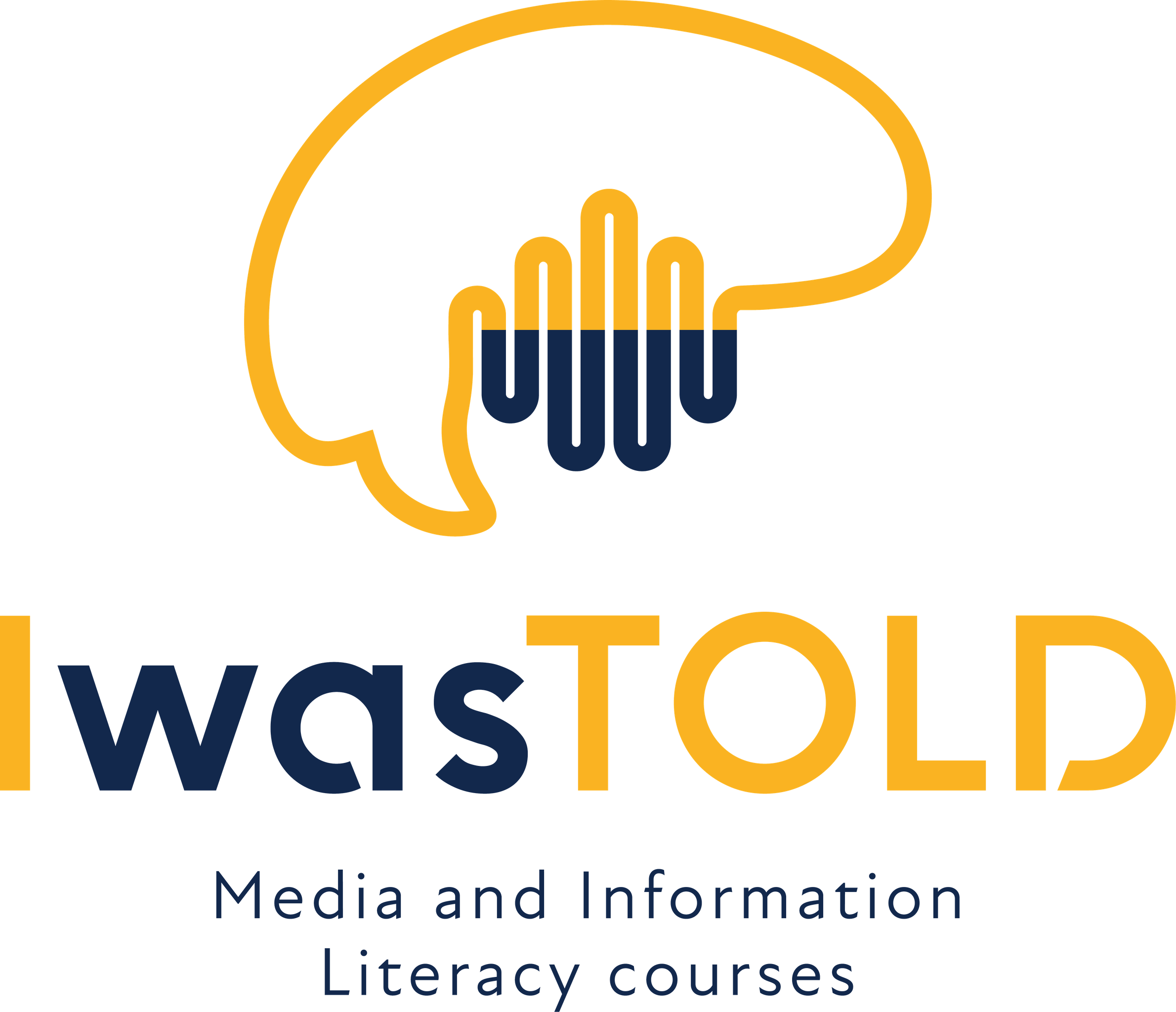3. CLASSICAL AND DATA STORYTELLING
-
Storytelling: narrative structures7 Topics|4 Quizzes
-
Language of media6 Topics|3 Quizzes
-
Storytelling With Data II. - Digital investigations in an era of data-driven journalism7 Topics|4 Quizzes
-
Infographics - Present statistics beautifully7 Topics|3 Quizzes
-
Charts in a website - Hack web developer tools for your stories7 Topics|3 Quizzes
-
Introductory to lesson
-
Creating a website is a personal way to become involved in a subject as well as a creative gesture
-
Make the most compatible as possible subject and aesthetic of your website through Google Sites
-
How be professional and have validity in publication?
-
Final Exercise of the whole lesson
-
Feedback on exercise
-
Additional learning material
-
Introductory to lesson
-
Online GIS6 Topics|2 Quizzes
-
Media analyses8 Topics|4 Quizzes
-
Using Piktochart to create infographics7 Topics|3 Quizzes
Participants14
Like the language that is used for communication between people, the media also have their system of signs and methods to communicate meaning to us. Based on human language and techniques used in literature, photography, or movie making, it’s not very specific. However, people tend to neglect or disregard it.
When reading a book, watching a movie, or observing a painting, we usually think about what was the author’s intention, why the characters say what they say, and sometimes also why the author uses certain words, angles of shots, or colours. Many people approach documentary movies in the same way. But only a very few do this when it comes to journalistic pieces of work or information that is published all around. Why is it so? The main reasons can be that people either don’t pay much attention to those pieces and simply accept what is communicated to them, or they believe what the media and other publishers say, especially when they confirm their viewpoints and opinions. That can be dangerous, as those who spread misinformation and distorted or manipulated content are counting on this behaviour a lot. Techniques – such as metaphors, lighting, or angles of shots – that help artists to encode additional information into their works and provide the audience with aesthetic and emotional experience are also used to manipulate the information, spread hate, and create negative perceptions of certain topics, social groups, or concrete persons.
At the same time, it’s important for professional journalists and others who are producing informative content to think critically about or even renounce usage of techniques that are giving their works additional meanings, even if their intention was only to draw attention of the audience, because effects can be different from those expected and impact on portrayed people or an audience can be negative. Informative content can be appealing also without messages containing emotions, excessive use of music, and expressions borrowed from the art.
In this course, you are introduced into the world of symbols, meanings embodied in various messages, how to structure various forms of the text (written, visual, auditory), and how easily the text can be misinterpreted or have opposite, undesired, effect. The knowledge and skills embedded in this course help you to create better and professional media pieces, encode and decode meanings of messages, even if they are intentionally hidden to influence the audience’s opinion, and – as they say – to see between the lines.
